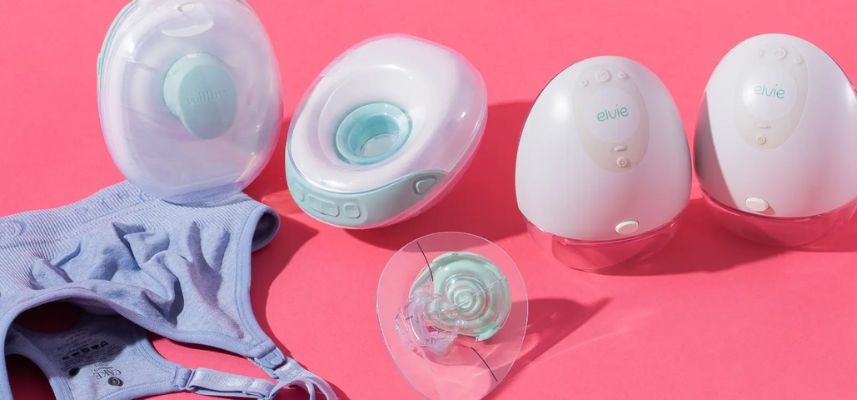Detecting uncommon breast pains
Breast tenderness can begin during puberty, persist throughout pre-menstruation and menstruation, return again during pregnancy, and last a little through breastfeeding (especially if you’re ever engorged- ouch!). When do you know to draw the line between “normal” breast pain, and something more severe?
Breast pain is so common; it has a medical term- mastalgia. Mastalgia associated with your period is cyclic, and all other pain is non-cyclic. Cyclic is the most common form of breast pain, and noncyclical is common in women between 30-50 years of age (and is occasionally caused by a fibro adenoma or a cyst. This pain can increase with menopause. It may come as a relief to know that breast pain IS NOT a common sign of breast cancer (although sometimes painful lumps are caused by breast cancer).
Managing breast pain
Sometimes, a support or sports bra can help ease your breast pain- especially if it is associated with growth (due to PMS, pregnancy, etc). Otherwise, many women try other pain management remedies such as warm towels, massage, Tylenol, or rest to curb breast pain. If these home remedies do not work, or your pain is severe, accompanies by heat or rash, or persists, you should seek medical attention.
Causes of breast pain
During pregnancy, estrogen and progesterone are the main culprits of breast pain; these hormones are secreted throughout gestation to help your body and baby grow. Your growing breasts and the colostrum forming inside them also play a major role! Colostrum is your “pre-milk”; a super-food for baby, rich in nutrients that help your child establish their immune system, and will begin to leak around 38 weeks for most women. Your nipples may also protrude a bit more than usual during pregnancy and may be a slightly darker color.
Engorgement can cause some breast pain post-delivery, and breastfeeding or pumping can help alleviate this discomfort. Aeroflow Breastpumps has an awesome array of breastfeeding supplies and equipment for a low cost. If you have health insurance, you may be able to obtain a pump at little to no cost — find out if your policy covers by completing the simple, three-step Qualify Through Insurance form. A representative will contact your insurance company, verify your coverage and network status, and contact you within 3-5 business days with your options.
Information provided in blogs should not be used as a substitute for medical care or consultation.









